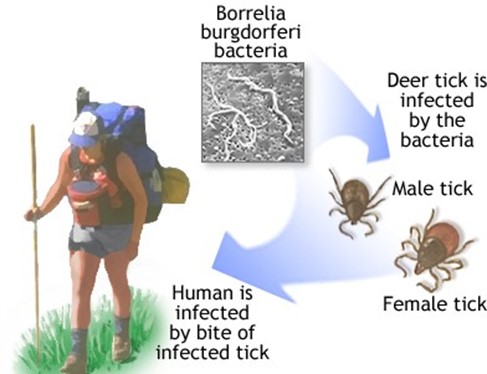A client with diabetes insipidus is extremely dehydrated and is unable to take oral fluids. Fluid therapy is prescribed. Which intervention would be most important for the client?
Monitoring the rate of IV infusions.
Weighing the client daily.
Measuring the urine output every 30 minutes.
Measuring the fluid intake.
The Correct Answer is A
Monitoring the rate of IV infusions. In clients with diabetes insipidus, fluid therapy is essential to restore hydration levels. It is important to monitor the rate of IV infusion to avoid rapid administration of fluids, which can lead to fluid overload and pulmonary edema. Therefore, monitoring the rate of IV infusions is the most important intervention for this client.
Choice B, weighing the client daily, is incorrect because it is not the most important intervention for this client. While daily weighing is important for monitoring fluid balance, monitoring the rate of IV infusion is more critical.
Choice C, measuring the urine output every 30 minutes, is incorrect because although it is important to monitor urine output in clients with diabetes insipidus, it is not the most important intervention. Monitoring the rate of IV infusion is more critical to prevent fluid overload.
Choice D, measuring the fluid intake, is incorrect because although it is important to monitor fluid intake in clients with diabetes insipidus, it is not the most important intervention. Monitoring the rate of IV infusion is more critical to prevent fluid overload.
Nursing Test Bank
Naxlex Comprehensive Predictor Exams
Related Questions
Correct Answer is A
Explanation
The client takes furosemide with the evening medications. Nocturia, or the need to wake up at night to urinate, can be caused by various factors. In this case, the client's medication, furosemide, is a diuretic that can increase urine output and cause nocturia. The other choices do not explain the cause of the client's nocturia.
Correct Answer is A
Explanation
36 to 48 hours. Lyme disease is caused by the bacterium Borrelia burgdorferi, which is transmitted to humans through the bite of infected black-legged ticks. The tick must be attached to the skin for at least 36 to 48 hours for the bacterium to be transmitted. The nurse should advise the client to seek medical attention promptly.
Choice B is incorrect because the tick must be attached for a longer duration of time for the bacterium to be transmitted.
Choice C is incorrect because the tick must be attached for a longer duration of time for the bacterium to be transmitted.
Choice D is incorrect because the tick must be attached for a longer duration of time for the bacterium to be transmitted.

Whether you are a student looking to ace your exams or a practicing nurse seeking to enhance your expertise , our nursing education contents will empower you with the confidence and competence to make a difference in the lives of patients and become a respected leader in the healthcare field.
Visit Naxlex, invest in your future and unlock endless possibilities with our unparalleled nursing education contents today
Report Wrong Answer on the Current Question
Do you disagree with the answer? If yes, what is your expected answer? Explain.
Kindly be descriptive with the issue you are facing.
